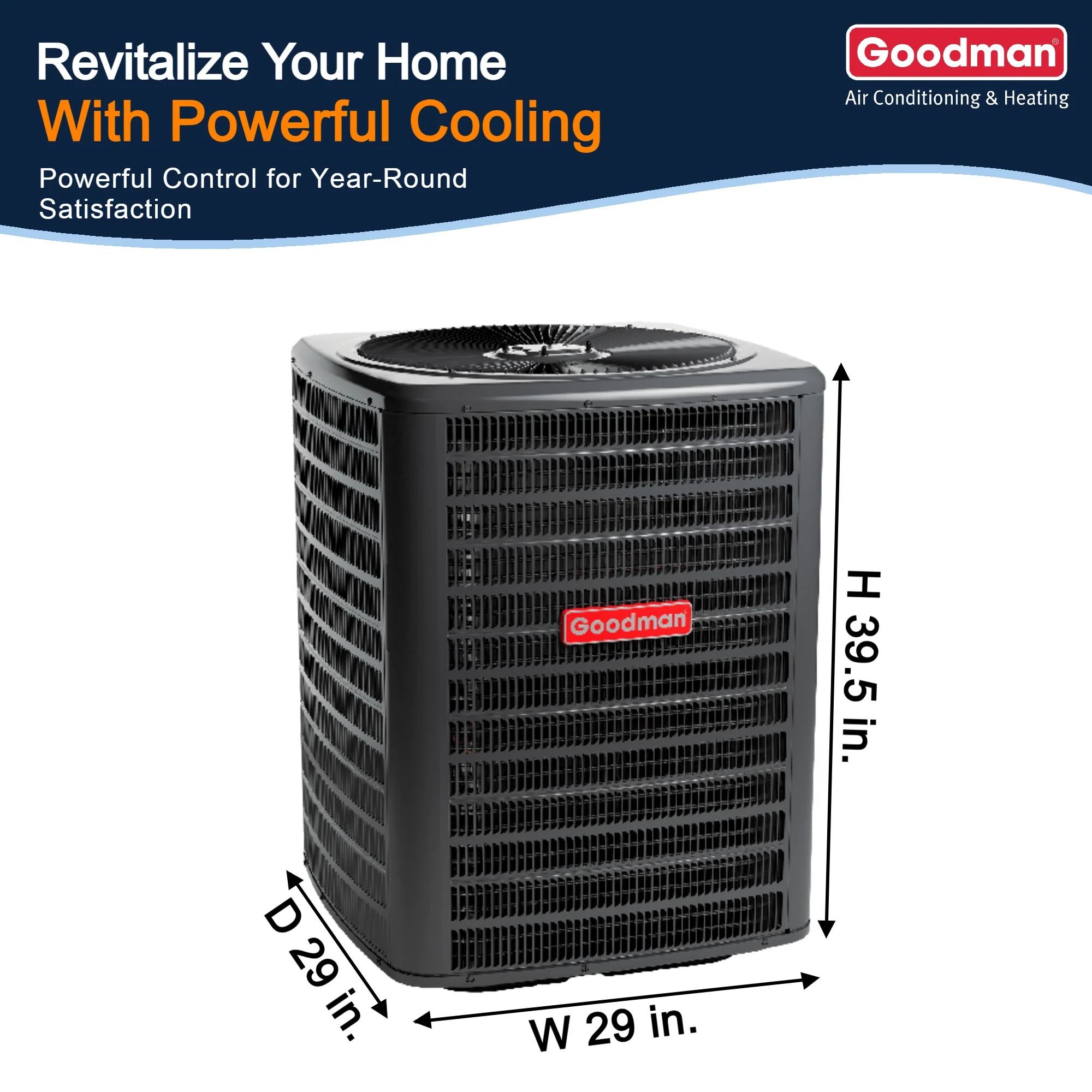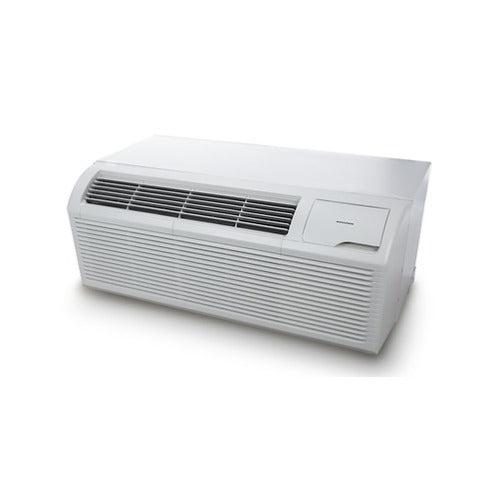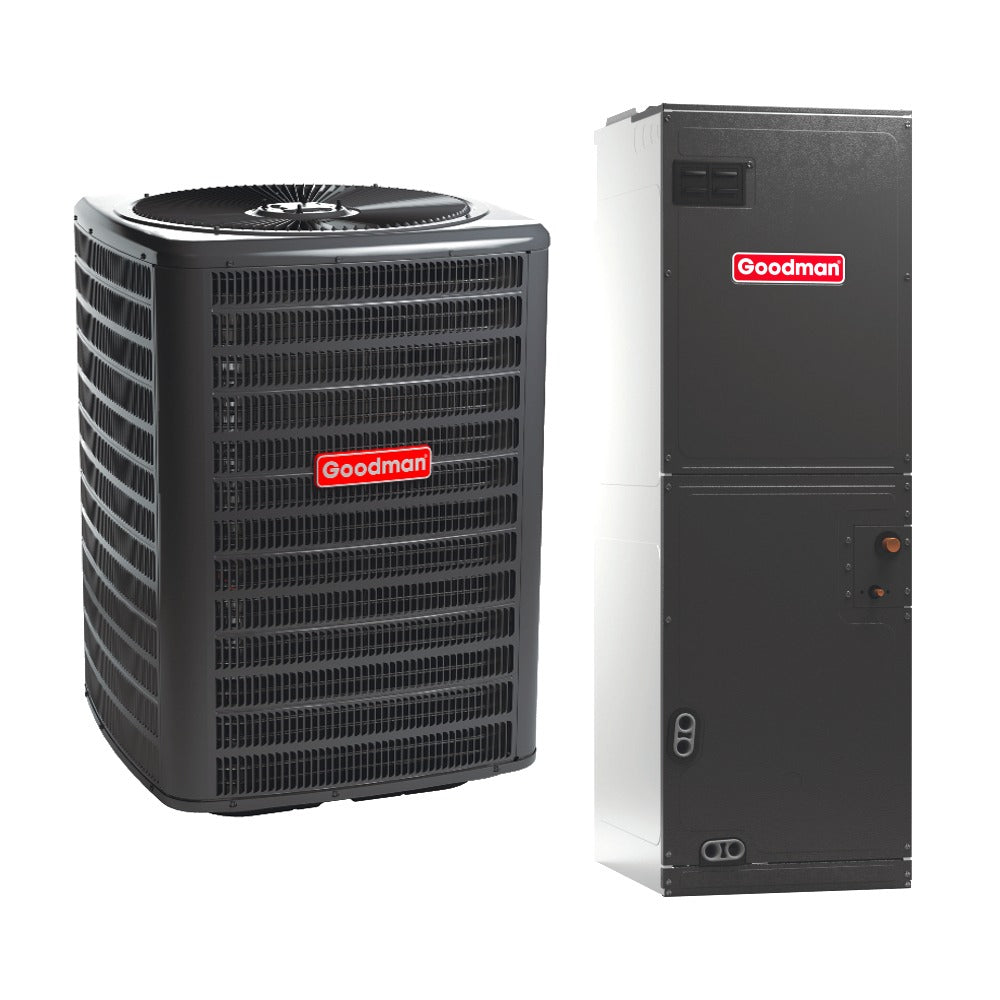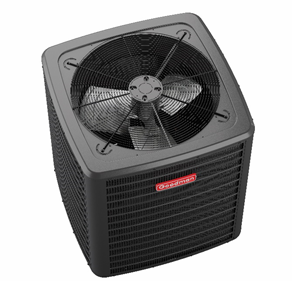Introduction
As the HVAC industry moves toward more environmentally friendly and energy-efficient solutions, R-32 refrigerant has gained prominence. Known for its lower Global Warming Potential (GWP) and high energy efficiency, R-32 Refrigerant is increasingly used in air conditioning systems. However, its mildly flammable nature necessitates a clear understanding of safety considerations. This guide aims to provide beginners with essential information on safely handling and using R-32 refrigerant.
What is R-32 Refrigerant?
R-32, or difluoromethane, is a hydrofluorocarbon (HFC) refrigerant commonly used in air conditioning systems. It serves as a replacement for older refrigerants like R-410A due to its superior energy efficiency and lower environmental impact. R-32 is a single-component refrigerant, making it easier to recycle and reuse compared to blended refrigerants. Its chemical properties allow for efficient heat transfer, contributing to higher Seasonal Energy Efficiency Ratio 2 (SEER2) ratings.
Safety Classification of R-32
The American Society of Heating, Refrigerating and Air-Conditioning Engineers (ASHRAE) classifies refrigerants based on toxicity and flammability. R-32 falls under the A2L category, indicating low toxicity and mild flammability. This classification means that while R-32 is safer than many alternatives, it still requires careful handling to prevent accidents. ASHRAE Standard 34 provides detailed information on refrigerant safety classifications.
Flammability and Handling Precautions
Although R-32 is only mildly flammable, it can pose risks if not handled properly. Key precautions include:
-
Proper Ventilation: Ensure that areas where R-32 is used or stored are well-ventilated to prevent gas accumulation.
-
Leak Detection: Install appropriate leak detection systems to identify and address leaks promptly.
-
Avoid Ignition Sources: Keep R-32 away from open flames, sparks, and other ignition sources.
-
Use Compatible Equipment: Only use tools and components designed for R-32 to prevent chemical reactions or equipment failure.
The U.S. Environmental Protection Agency (EPA) provides guidelines on refrigerant safety, emphasizing the importance of proper handling and storage.
Installation and Maintenance Best Practices
Proper installation and regular maintenance are crucial for the optimal performance of R-32 AC and gas furnace systems. Because R-32 refrigerant is slightly flammable (classified as A2L by ASHRAE), and operates at higher pressures than older refrigerants like R-22, it’s essential that professionals follow manufacturer guidelines, EPA regulations, and ASHRAE standards during setup and service.
Installation Best Practices:
-
Hire Certified HVAC Professionals: Only licensed HVAC technicians with specific training in handling R-32 refrigerant should install these systems.
-
System Sizing Based on BTU Needs: Before installation, technicians should perform a Manual J Load Calculation to determine the proper system size in BTUs.
-
Leak Prevention Measures: Since R-32 systems operate at high pressure, secure fittings, proper torque, and leak-resistant brazing are vital.
-
Ventilation and Safety Clearances: R-32 refrigerant requires adequate ventilation and adherence to local fire safety codes.
Maintenance Best Practices:
-
Annual Check-Ups: Routine inspections should include refrigerant charge levels, combustion efficiency of the gas furnace, filter replacement, blower motor function, and control board diagnostics.
-
Cleaning Coils and Filters: Dirty condenser coils and evaporator coils can significantly reduce a system’s energy efficiency.
-
Monitoring BTU Output: Technicians can use diagnostic tools to check whether the unit is producing its rated BTU output.
-
Safety Protocols with R-32: Because R-32 is mildly flammable, EPA regulations require leak detection systems in some commercial settings.
Regulatory Compliance
Compliance with local and national regulations is essential when working with R-32 refrigerant. The EPA's Significant New Alternatives Policy (SNAP) program lists acceptable refrigerants and outlines specific use conditions. Additionally, ASHRAE standards provide detailed guidance on the safe use of refrigerants in various applications.
Environmental and Energy Efficiency Benefits
R-32 not only offers safety advantages but also contributes to environmental sustainability and energy efficiency:
-
Lower Global Warming Potential (GWP): R-32 has a GWP of 675, significantly lower than R-410A's GWP of 2,088.
-
High Energy Efficiency: Systems using R-32 often achieve higher SEER2 ratings, indicating better energy performance.
-
Reduced Refrigerant Charge: R-32 systems typically require less refrigerant, reducing the potential environmental impact in case of leaks.
These benefits make R-32 a preferred choice for modern HVAC systems aiming for sustainability and cost-effectiveness.
Conclusion
R-32 refrigerant presents a viable and environmentally friendly option for modern HVAC systems. While it offers numerous benefits, including lower GWP and high energy efficiency, its mildly flammable nature requires adherence to safety guidelines and regulations. By understanding and implementing proper handling, installation, and maintenance practices, users can safely leverage the advantages of R-32 refrigerant.







